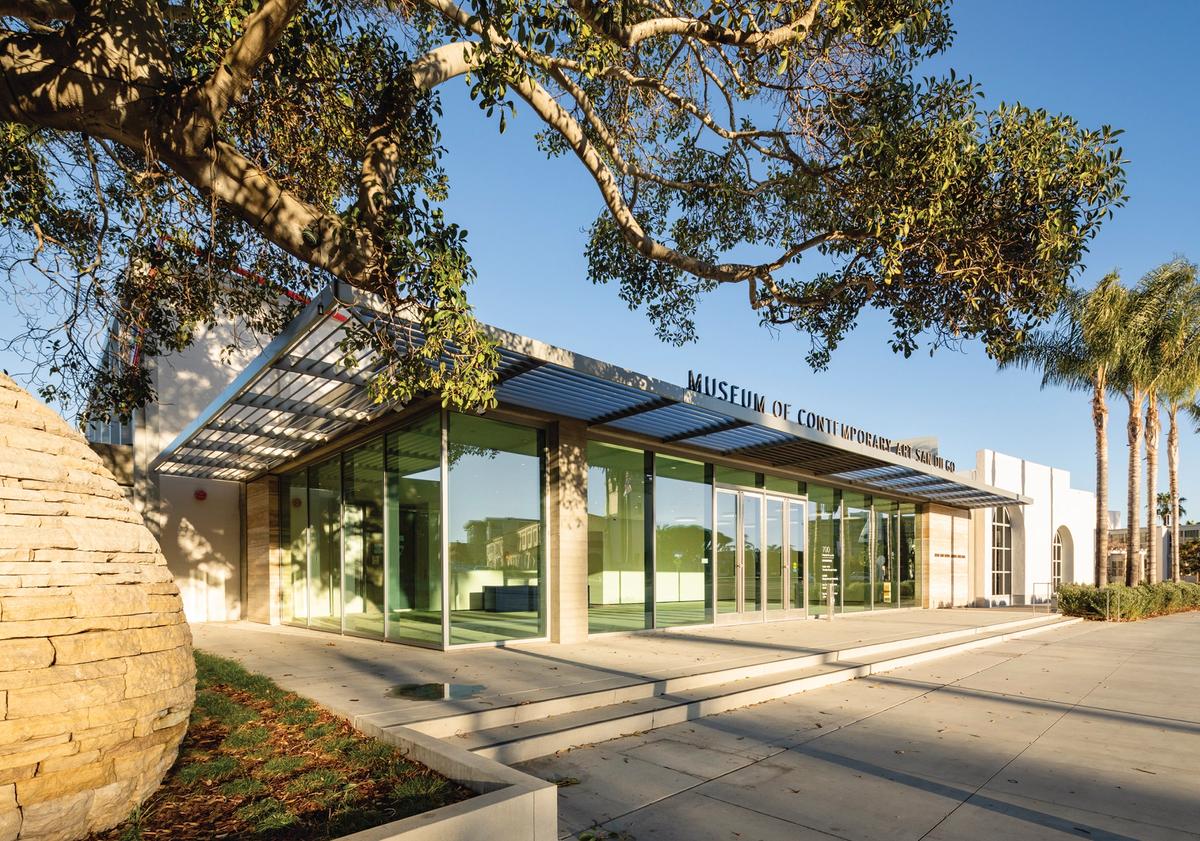It is hard to imagine a more scenic spot for a museum than the La Jolla location of the Museum of Contemporary Art San Diego (MCASD), perched on the bluffs overlooking the Pacific Ocean. Robert Irwin effectively conceded that he could not compete with the site’s natural beauty when he created one of his most important works there in 1997. Titled 1° 2° 3° 4°, it consists of squarish apertures cut into three lightly tinted museum windows so visitors have an unmediated view of the horizon line separating sea and sky and can actually feel the ocean breeze. One of the museum’s new slogans is “art with a view”.
Fortunately, the art has a viewpoint too. When the museum reopens on 9 April after a five-year, $105m renovation by the architect Annabelle Selldorf, its reinstalled displays will tell the story of contemporary art from Abstract Expressionism, Pop and Minimalism through to today’s multicultural, multimedia and socially engaged forms with a distinctively West Coast perspective, showcasing influential women, Chicanx and Latinx artists.
“It’s an international collection presented from a regional point of view, and that means Light and Space and the energy that came out of University of California San Diego from Eleanor Antin and Allan Sekula to Kim MacConnel,” says Kathryn Kanjo, the museum’s director. “The collection also reflects what’s happening in our city more broadly, as it connects to Tijuana [in Mexico] and the border region, which allows us to pay more attention to Latin America.”
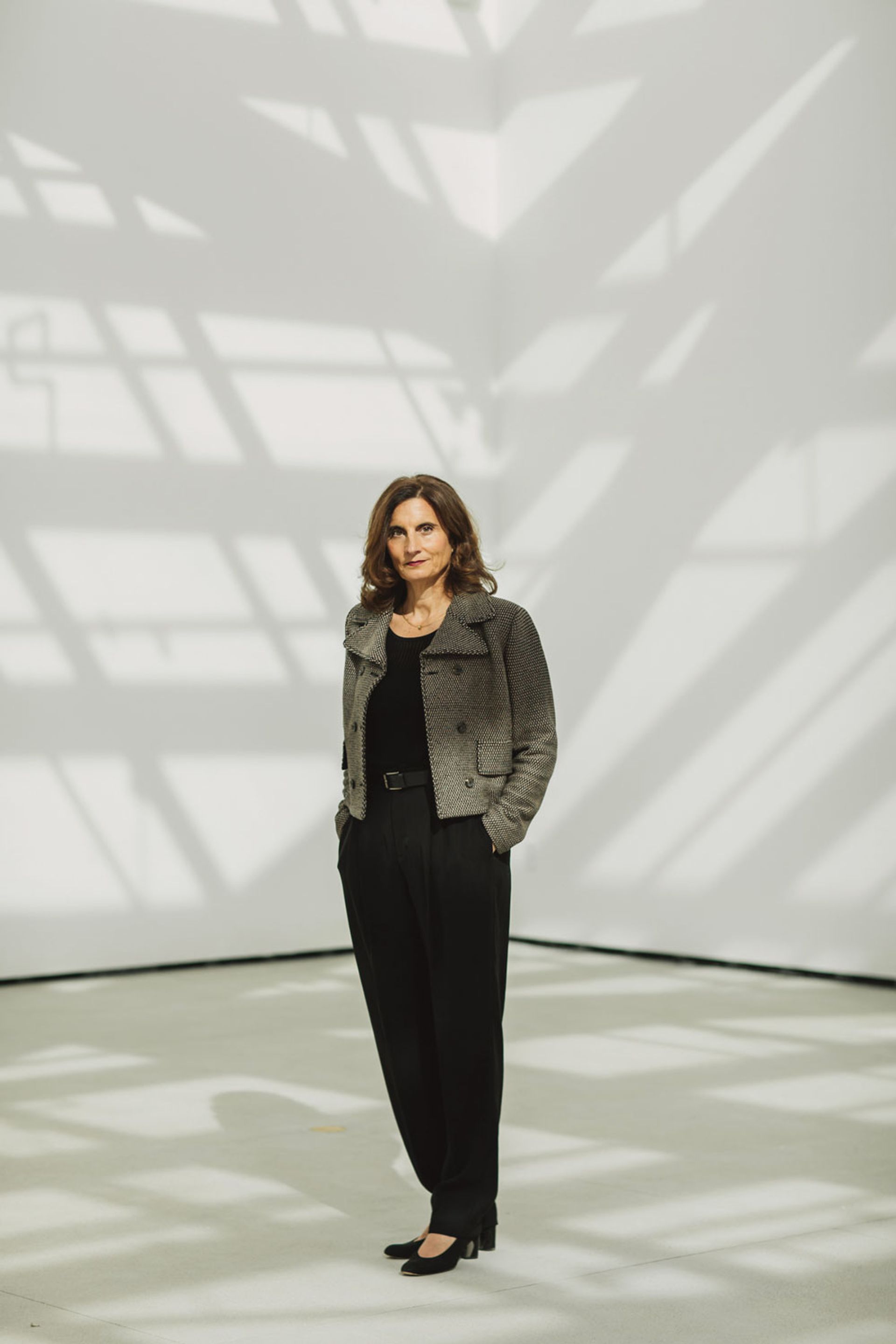
Museum of Contemporary Art San Diego director Kathryn Kanjo inside the newly expanded galleries Photo: Stacy Keck; courtesy of the Museum of Contemporary Art San Diego
With around 5,500 works, the collection is almost as large as that of Museum of Contemporary Art Los Angeles. It is unrivalled for its holdings of Light and Space artists—with the biggest trove of Irwin works anywhere—and includes important early pieces by Christo and Jeanne-Claude. Other works are less well known, in part because for years the museum had only 10,000 sq. ft of exhibition space; the renovation quadruples that footprint.
Founded in 1941 in a home designed by Irving Gill, the museum was expanded in 1996 by Robert Venturi and Denise Scott Brown, adding a dramatic, star-shaped atrium but no extra gallery space. Now, with Selldorf’s new wing and the transformation of an auditorium into a gallery for temporary shows, it has 40,000 sq. ft of exhibition space—approaching that of the Broad in Los Angeles and the Whitney Museum of American Art in New York.
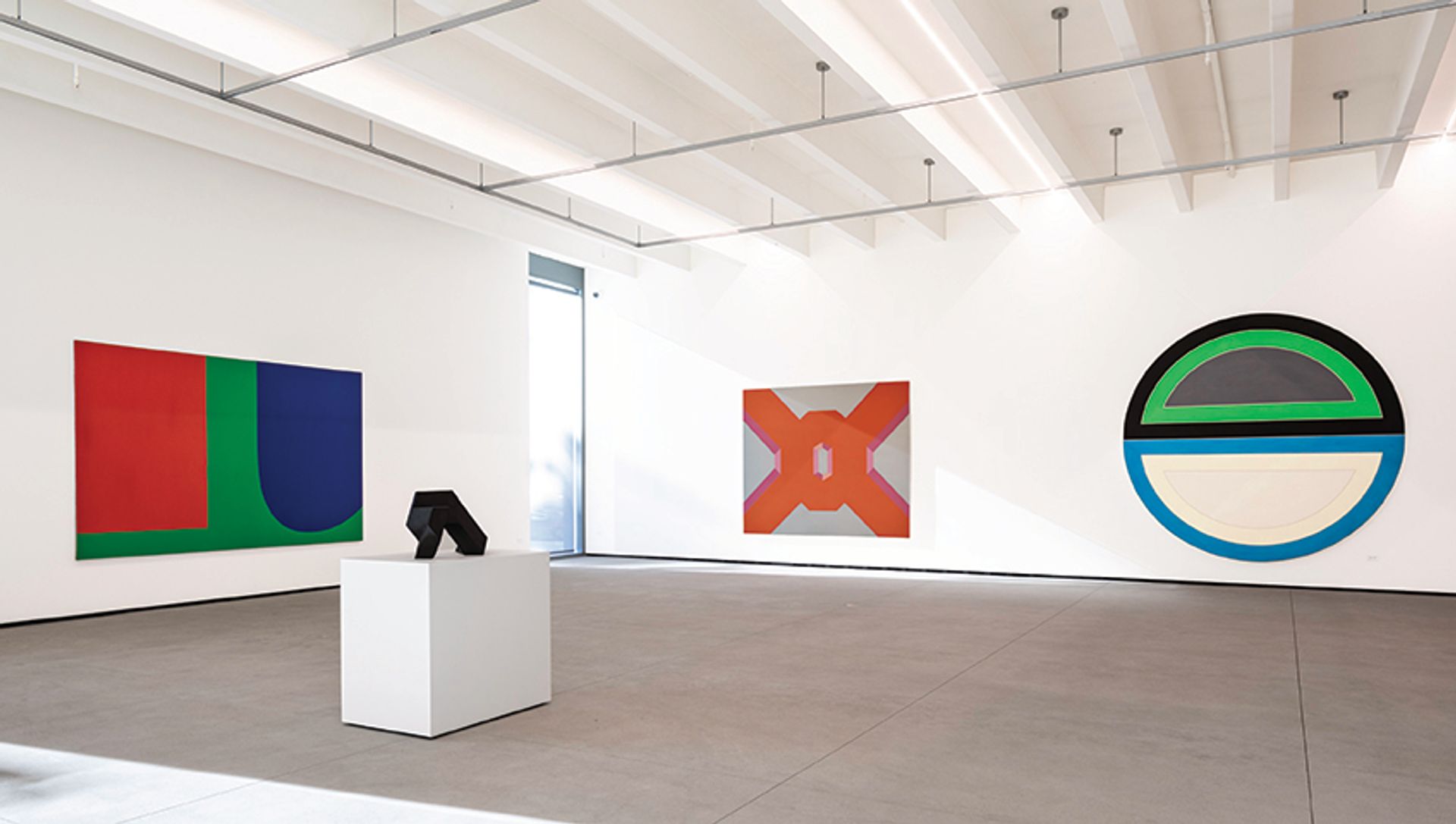
Miriam Schapiro’s Big Ox #2 (1968), centre, sits in a spacious gallery with Minimalist works Photo: Nicholas Venezia; courtesy of Selldorf Architects
Highlights of the collection rehang, led by Kanjo, include Miriam Schapiro’s bold red-and-magenta painting Big Ox #2 (1968), which is stunning both for its use of computer-generated imagery and for its nod to female anatomy, making it an important example of feminist art. It hangs near Earth Bolts (1974), a dark abstracted landscape by the under-recognised Texas artist Dorothy Hood, and faces a Sol LeWitt modular cube from 1976, offering a complicated vision of Minimalism. Extending that dialogue in the next gallery is Wallflower (1975), a geometric but still body-based steel sculpture by Maren Hassinger, one of 15 new acquisitions going on view for the first time.
Nearby, a small pentagon-shaped gallery was designed to show Light and Space art from the 1960s on, including an acrylic column by Irwin, Larry Bell’s glass cubes, Mary Corse’s refractive paintings and Craig Kauffman’s plexiglass “bubbles”. The room has a glass ceiling with baffles to absorb sound and bathe the space in indirect natural light.
Further along, two masterpieces from Tijuana preside over a gallery that challenges notions of religious authority, white supremacy and high art. One is a satanic marionette from 1970 by Benjamín Serrano; the other, a pop-culture, Bart-Simpson-worshipping altarpiece from 1992 by Felipe Almada.
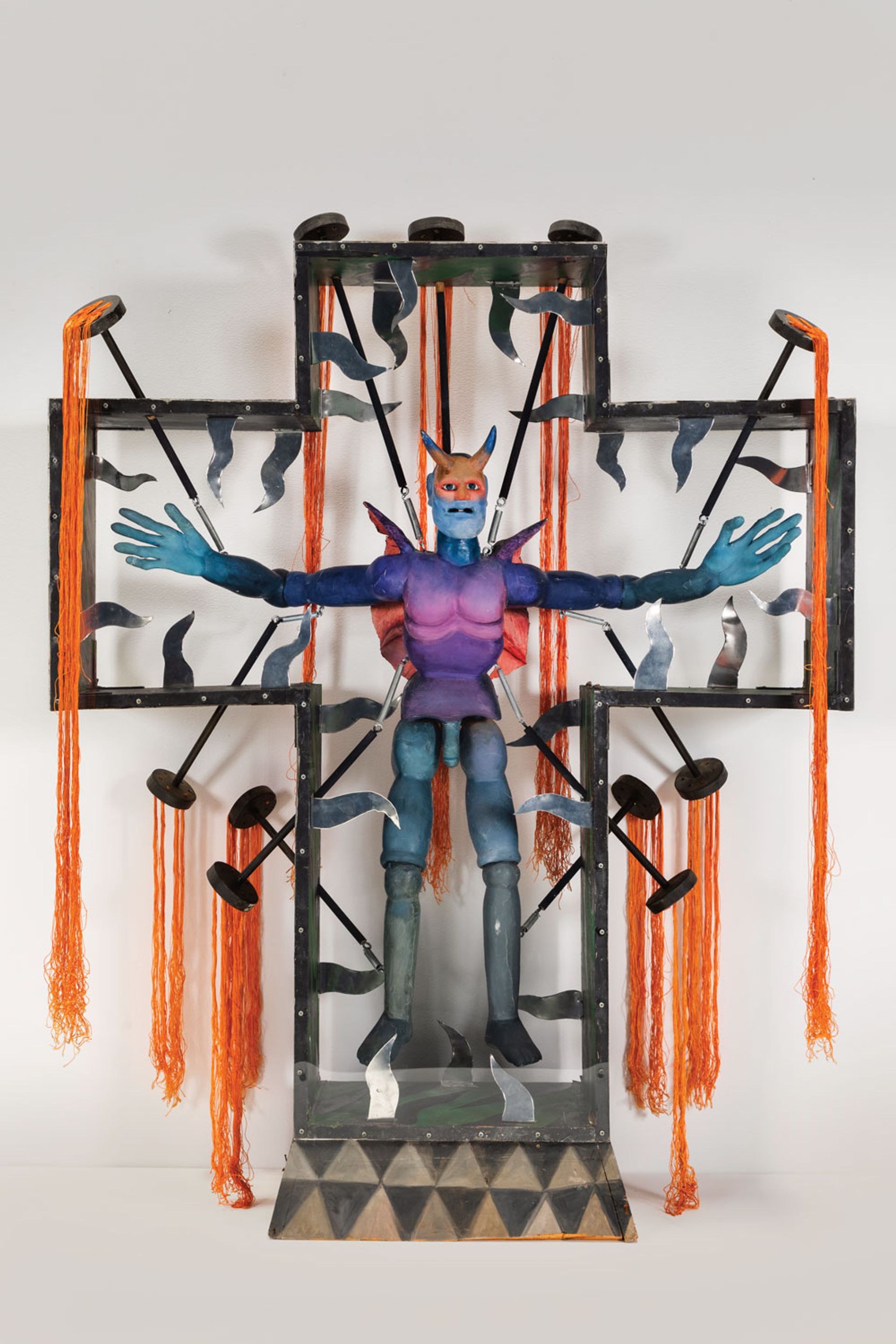
Benjamín Serrano's El Diablo Crucificado (1970) Photo: Pablo Mason
Kanjo, who became director in 2016 after stints as deputy director and chief curator, notes that the redisplay reflects not just her version of art history but “the history of this institution, with its legacy of leadership and patronage”. She describes a rich lineage of curators, from curator-turned-critic Christopher Knight to those who went on to lead other museums, such as Richard Armstrong, Madeleine Grynsztejn, Elizabeth Armstrong and Louis Grachos. Kanjo also acknowledges her predecessors, Sebastian “Lefty” Adler and Hugh Davies, who ran the museum for 33 years, overseeing the creation of the museum’s San Diego branch in an old train station baggage depot in 2007 and initiating the La Jolla expansion plans before he retired.
The San Diego location will continue to be used for large-scale installations, while the new collection hang will remain in La Jolla for at least a year before any galleries are refreshed. La Jolla’s reopening exhibition, Niki de Saint Phalle in the 1960s (9 April-17 July) will be followed by surveys of Alexis Smith and Celia Álvarez Muñoz; all three artists are represented in the collection.
Kanjo calls the focus on women artists “very intentional—it’s one thing to acquire the work and another to produce a book [on them] and gather artworks that live around the globe”, she says. “We’re doubling down on that for artists who haven’t had the exposure.”
As for Irwin’s cut-out window panes, they were packed away in crates during the museum expansion—replaced by intact windows for security and safety reasons. On the day of my visit in March, a crew was carefully reinstalling Irwin’s intervention one modified glass pane at a time. The sun was shining, and the wind felt fierce and lovely.
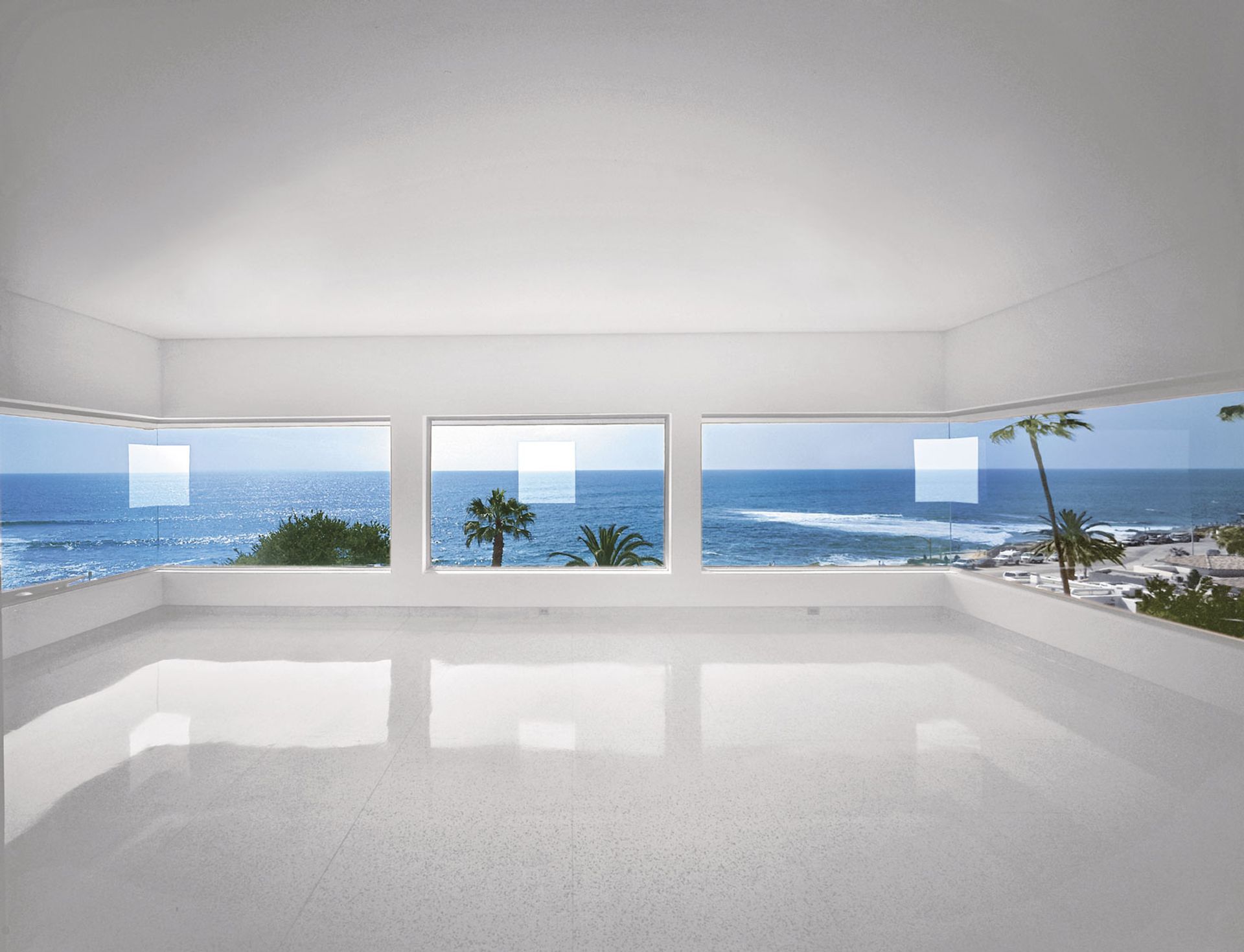
Robert Irwin made the site-specific installation 1°2°3°4° in 1997 by cutting apertures into the museum's windows overlooking the Pacific Ocean Photo © 2018 Robert Irwin / Artists Rights Society (ARS), New York


